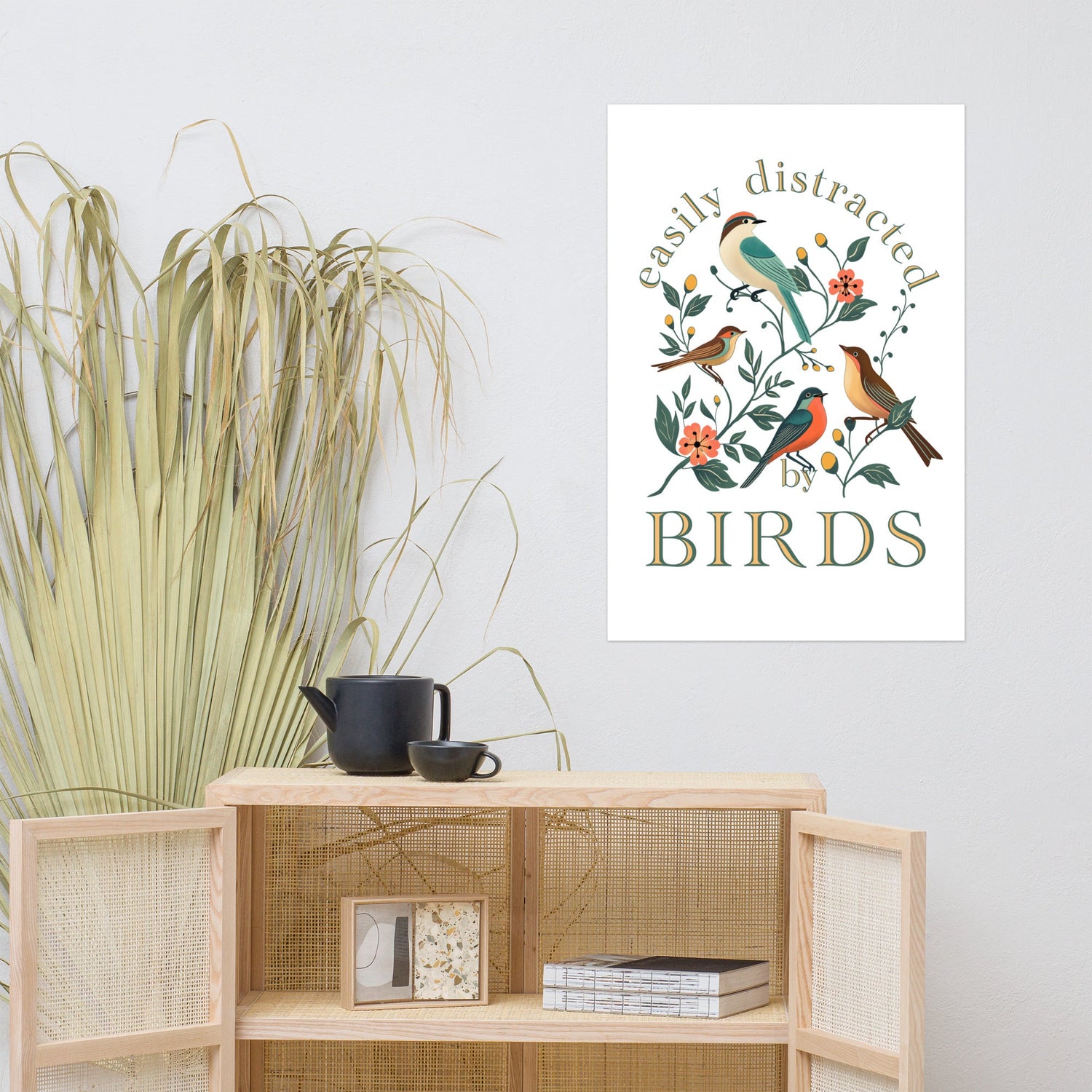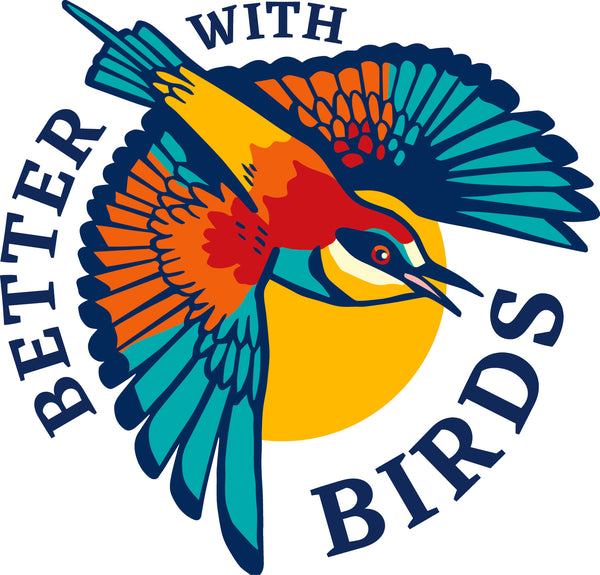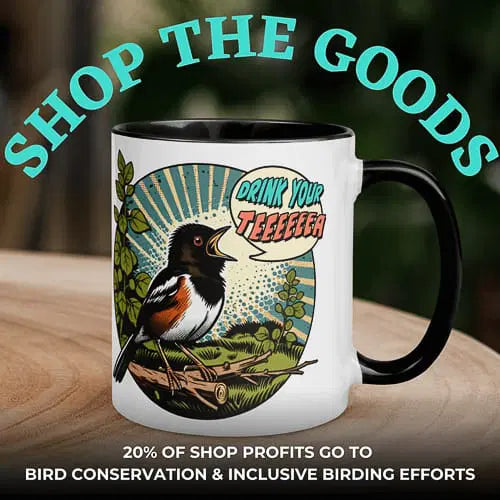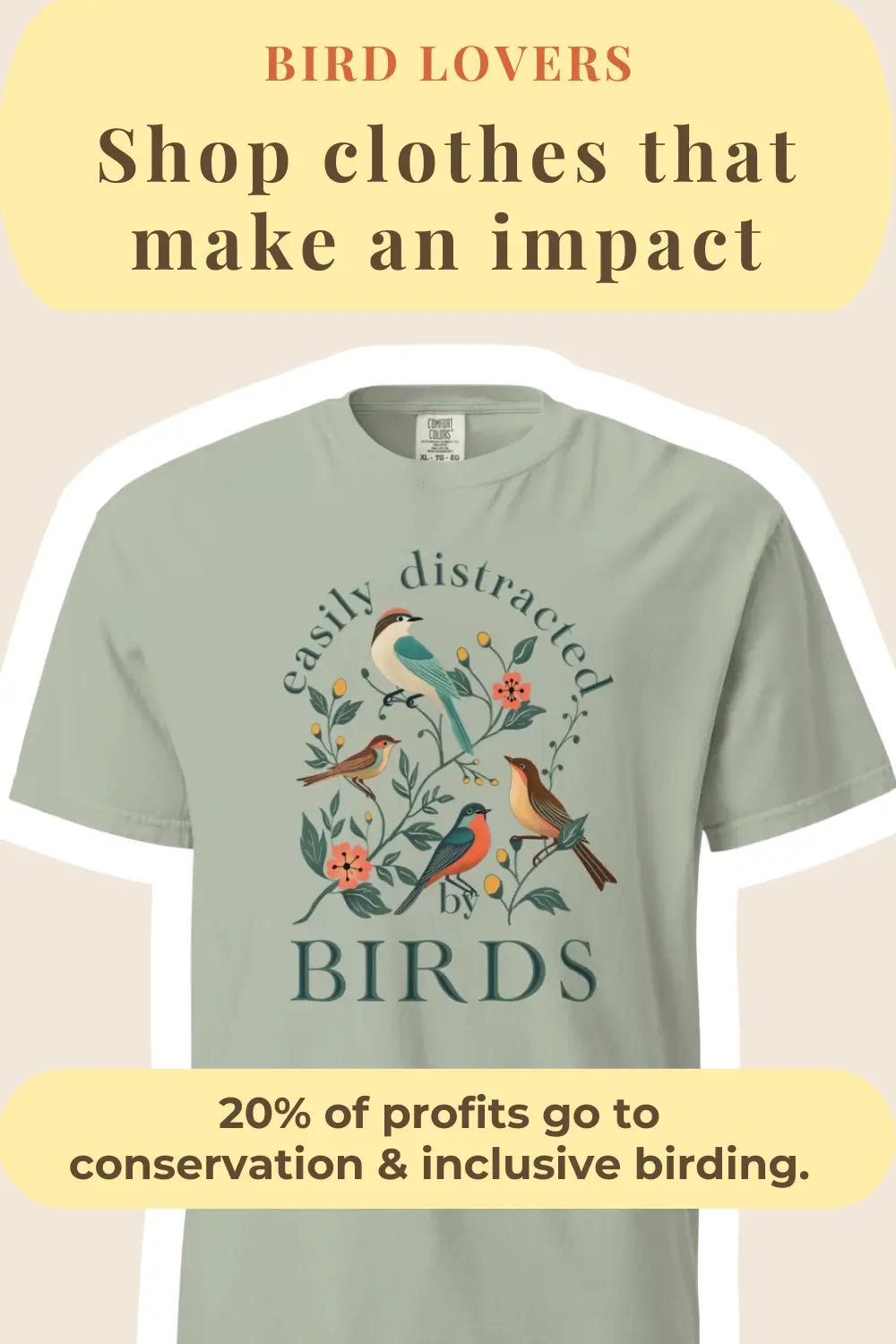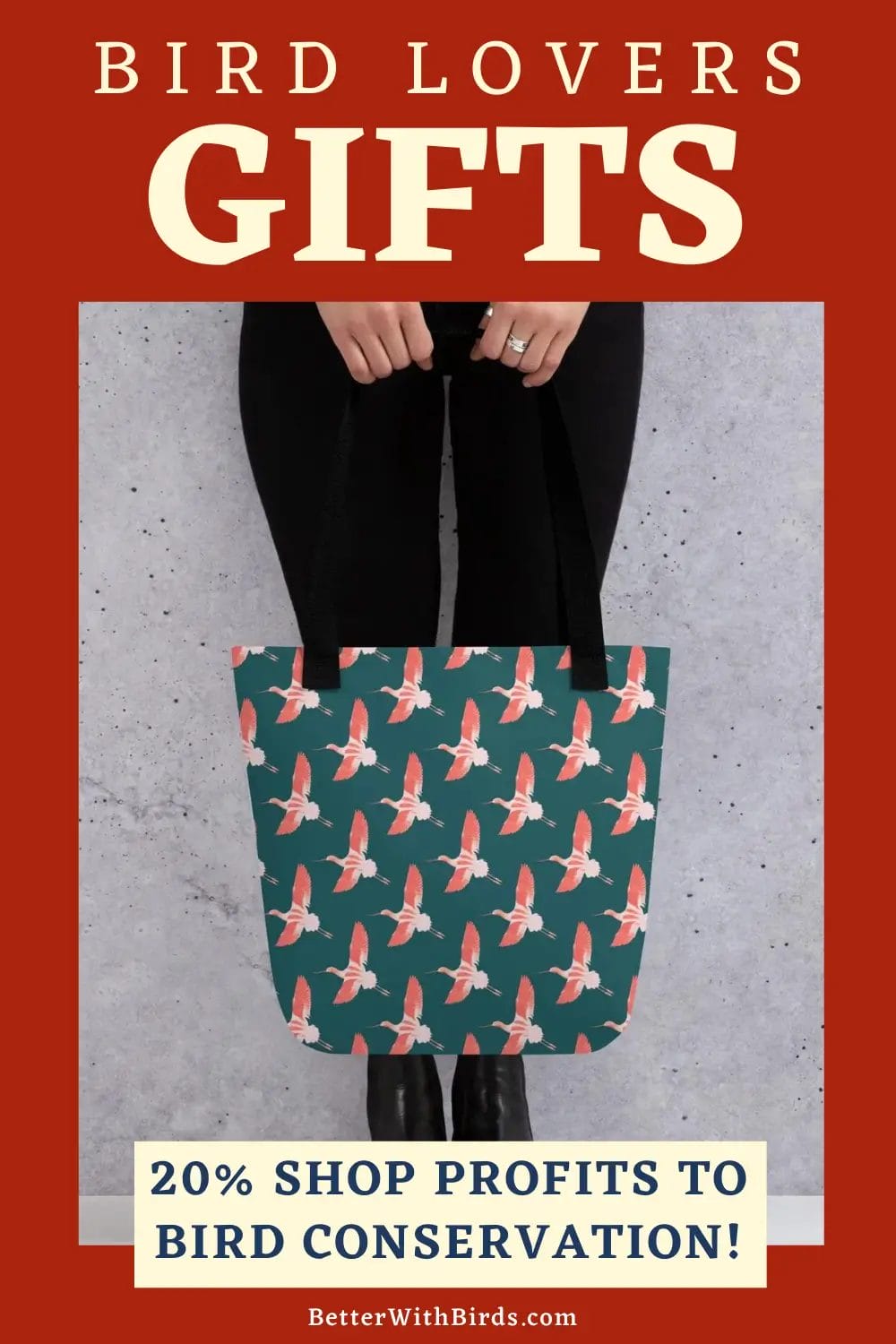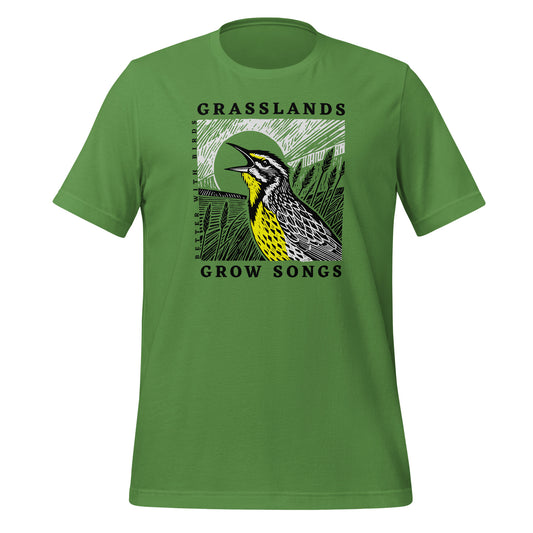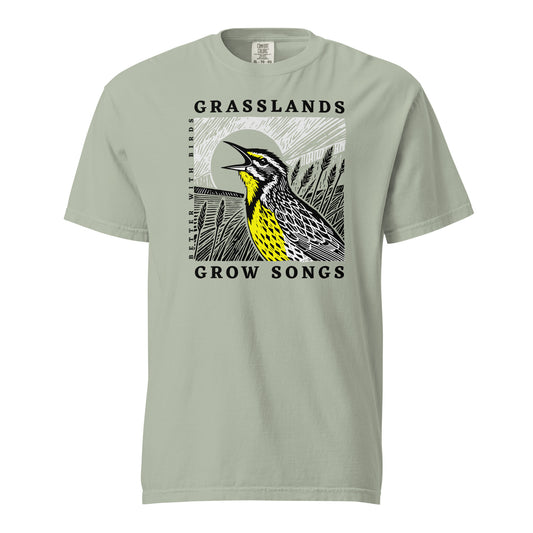How to Keep Squirrels Out of Bird Feeders
Read Time: 4 minutes
Backyard Birding , Feeder & House Tips , Tips & Advice
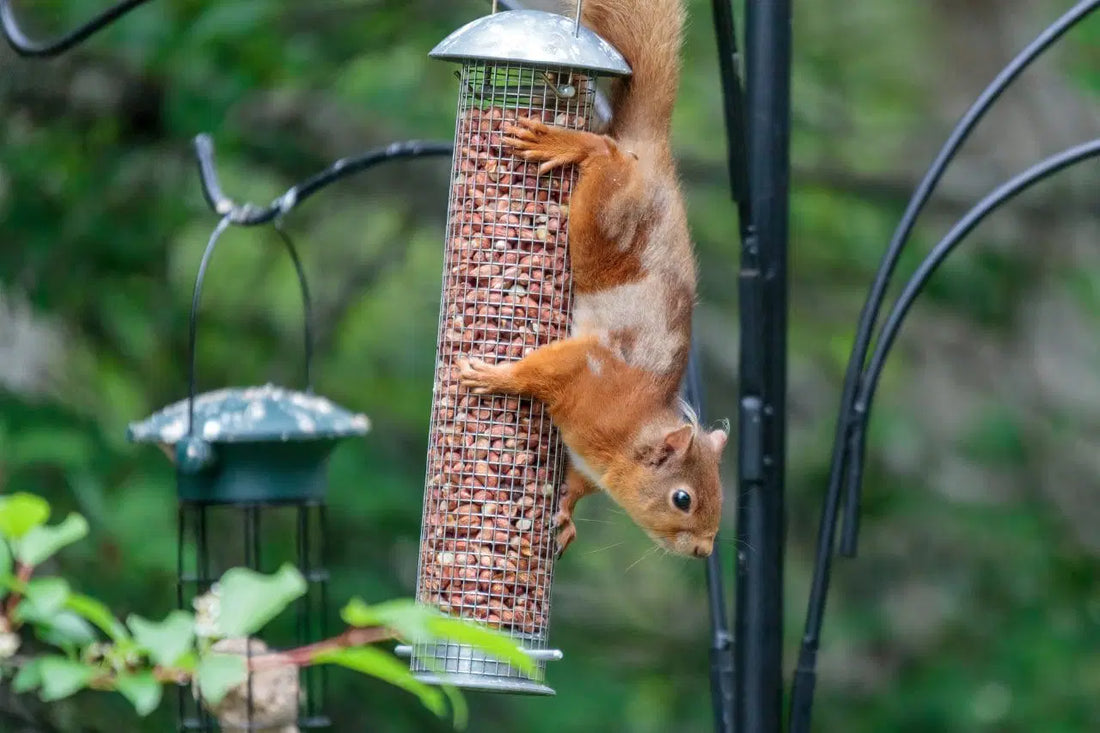
This post contains affiliate links. If you use these links to buy something, we may earn a commission at no additional cost to you. We only recommend products we fully support or use ourselves. Our full disclaimer
PIN THIS FOR LATER
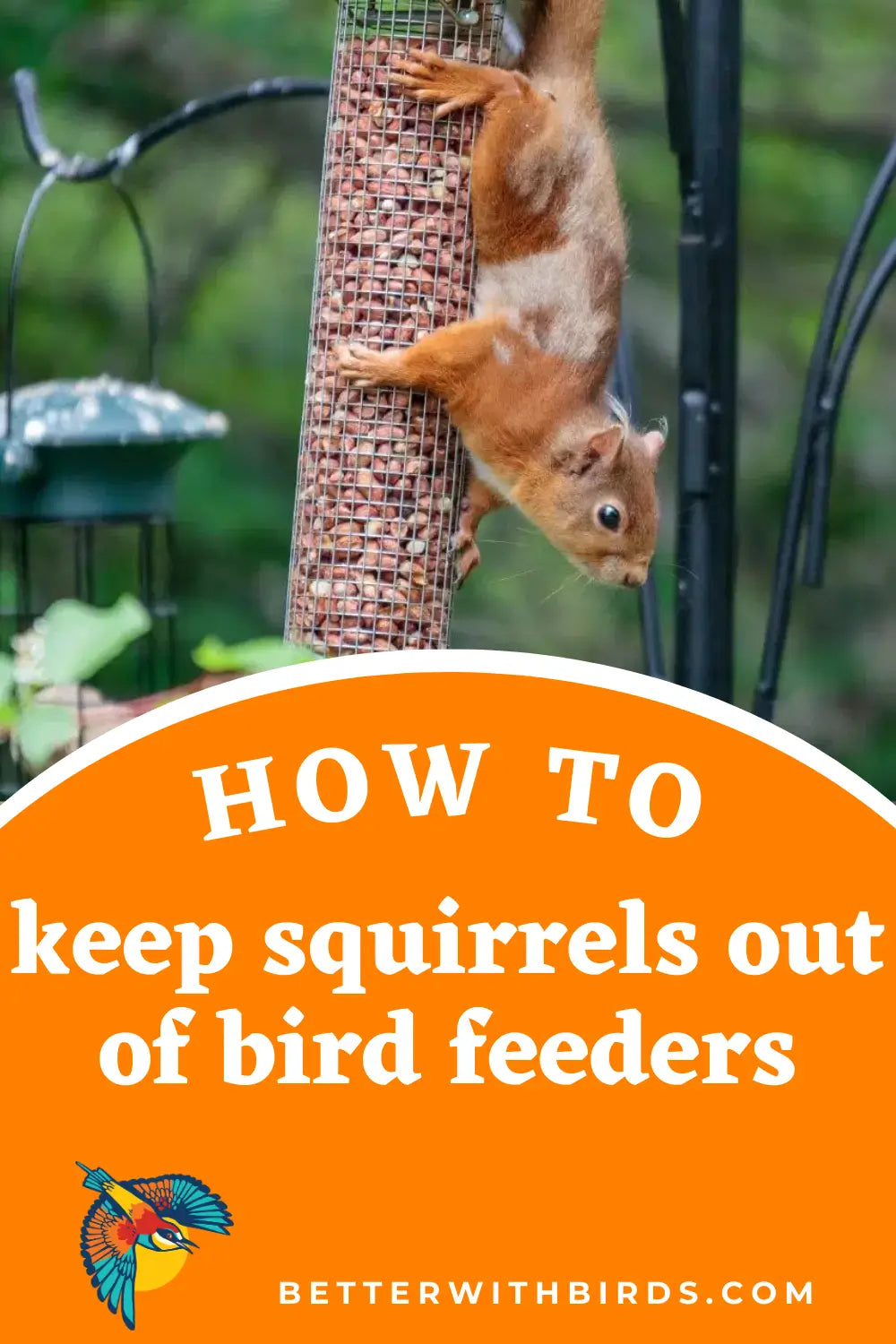
Contents
There it is again – that bushy-tailed acrobat hanging upside down from your bird feeder, stuffing its face with expensive bird seed while the cardinals and chickadees wait impatiently in nearby trees. Sound familiar?
“Squirrel-proof” might seem like an oxymoron when these crafty animals are involved, but I’ve learned a thing or two about keeping them at bay. And listen – I love squirrels as much as the next person, but if I’ve put bird food out, it’s not fair that a squirrel comes along and pockets it all for themselves. Sharing is caring, right?
So, after quite a lot of trial and error (mostly error at the beginning, if I’m being honest), I’ve discovered strategies that actually work to reclaim your feeders for their intended winged visitors. I’ve tested countless methods, and I’m excited to share what actually works.
Understanding Your Opponent
Before launching your anti-squirrel campaign, it helps to know what you’re up against.
Squirrel Capabilities and Limitations
Firstly, never underestimate a hungry squirrel! Squirrels can actually jump horizontally up to 10 feet, leap about 5 feet vertically from a standing position, and fall nearly 20 feet without injury. If that wasn’t enough, their teeth are also strong enough to chew through plastic, wood, and even thin metal.
What they can’t do: squeeze through openings smaller than 1.5 inches, jump over properly placed baffles, or outsmart some of the weight-activated feeder mechanisms we’ll discuss shortly. Squirrels also generally won’t risk jumping to a feeder that’s too far from a launching point – a fact we can definitely use to our advantage.
Why They Target Bird Feeders
Squirrels don’t raid your feeders just to annoy you – like any wild animal, they’re opportunistic feeders and constantly on the lookout for easy calories. Seeds rich in oils and fats are especially attractive during colder months when squirrels need extra energy to maintain body temperature.
Put simply, bird feeders offer dense, high-energy food with minimal effort, basically an all-you-can-eat affair from a squirrel’s perspective. We listen and we don’t judge – everyone’s got to eat, right?
We give 20% of all shop profits to bird conservation & inclusive birding efforts.
 Squirrels are unbelievable acrobats. Don't underestimate how far they can jump when placing feeders. Photo:Toby Gunnee/Shutterstock
Squirrels are unbelievable acrobats. Don't underestimate how far they can jump when placing feeders. Photo:Toby Gunnee/Shutterstock
Physical Barriers and Feeder Placement
Often, the simplest solutions work best for keeping squirrels away from your precious bird seed.
Strategic Feeder Placement
Location, location, location! Position your feeders at least 10 feet away from any potential launching pad, aka trees, roofs, porches, or fences. Most squirrels won’t attempt a jump beyond their physical capabilities, which is roughly 10 horizontal feet.
Height matters too – mounting feeders at least 5 feet off the ground but below overhead branches eliminates easy access points. For pole-mounted feeders, aim for about 7-8 feet of ground clearance to prevent ambitious jumpers from reaching them.
Baffles: Your First Line of Defense
Properly installed baffles work wonders. These simple physical barriers prevent squirrels from climbing up (or climbing down) to your feeders. Dome baffles installed above hanging feeders should be at least 18 inches wide and positioned 4 feet off the ground. For pole-mounted feeders, a cone or torpedo-shaped baffle mounted below the feeder stops climbing squirrels in their tracks.
Slippery Solutions
When physical barriers aren’t enough, make things slippery! Coat poles with non-toxic lubricants like petroleum jelly or invest in specialized products designed for squirrel prevention. Some people swear by coconut oil (though it needs frequent reapplication) or plumbing pipe insulators, which spin when squirrels try to climb them.
Food-Based Strategies
Sometimes changing what (or how) you feed makes all the difference.
Squirrel-Resistant Seed Blends
In my years of testing, I’ve discovered not all seeds appeal equally to squirrels. I’ve had great success with nyjer (thistle) seed, safflower seed, and white proso millet – all attract many beautiful songbirds while being largely ignored by squirrels.
I recommend switching your main feeders to these less tempting options. In my experience, safflower seed works particularly well – cardinals, chickadees, and native sparrows love it, but I’ve noticed squirrels and less desirable birds like starlings typically leave it alone.
Distraction Feeding
Sometimes the path of least resistance works best. Setting up a dedicated squirrel feeding station away from your bird feeders gives these persistent critters their own dining area. Corn cobs, peanuts in shells, or commercial squirrel food blocks in a ground feeder can keep them busy and (somewhat) satisfied.
The trick is making the squirrel feeding area more accessible and attractive than your bird feeders. Regular feeding maintains its appeal – but be prepared for more squirrels once word gets out about the free buffet!
We give 20% of all shop profits to bird conservation & inclusive birding efforts.
Final Thoughts
Ultimately, I’ve learned that keeping squirrels out of your bird feeders requires persistence and creativity, but the rewards – more birds, less frustration, and lower seed bills – make it absolutely worth the effort. I recommend combining several approaches for maximum effectiveness, and don’t be afraid to switch tactics if you’re dealing with particularly clever squirrels.
At Better with Birds, we’re obsessed with everything avian-related! So whether you’re looking for unique shirts for bird lovers or just want to learn more about photographing these feathered friends in the wild, we’re your go-to resource for all things bird.
And don’t forget to check out our blog! We’ve got advice on everything, from the best lens options to photograph birds to advice on getting started as a bird-watcher.
